Your search 'wax varnish)'.".(.,(,' did not match any products.
Showing results using some of your search terms 'wax varnish)'.".(.,(,'
Search results for 'wax'
-
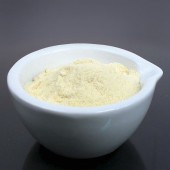
Powdered Rosin
Starting at: £13.90
-
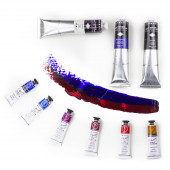
Daler-Rowney Artists' Oil Colour
Starting at: £10.15
-
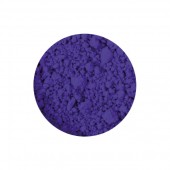
Ultramarine Blue Dark Pigment
Starting at: £4.00
-
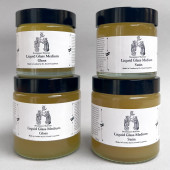
Liquid Glass Mediums
Starting at: £32.00
-
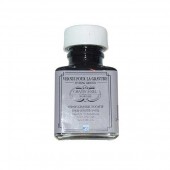
Charbonnel Liquid Siccative Varnish 75 ml
£11.60
-
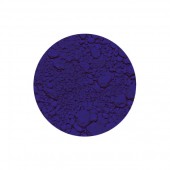
Ultramarine Blue Light Pigment
Starting at: £6.00
-
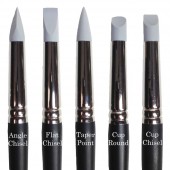
Colour Shapers
Starting at: £7.00
-
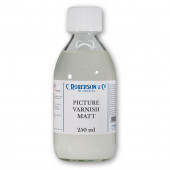
Roberson Matt Picture Varnish
Starting at: £8.70
-
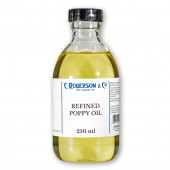
Roberson Poppy Oil
Starting at: £10.20
-
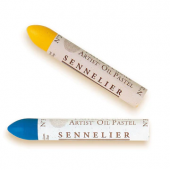
Sennelier Oil Pastels Large
Starting at: £11.50
-
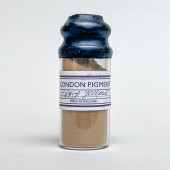
London Pigment, Epping Forest Yellow Ochre Pigment
£18.00Call to Order
-
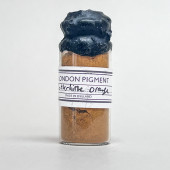
London Pigment, Rotherhithe Orange Pigment
£20.00Call to Order




